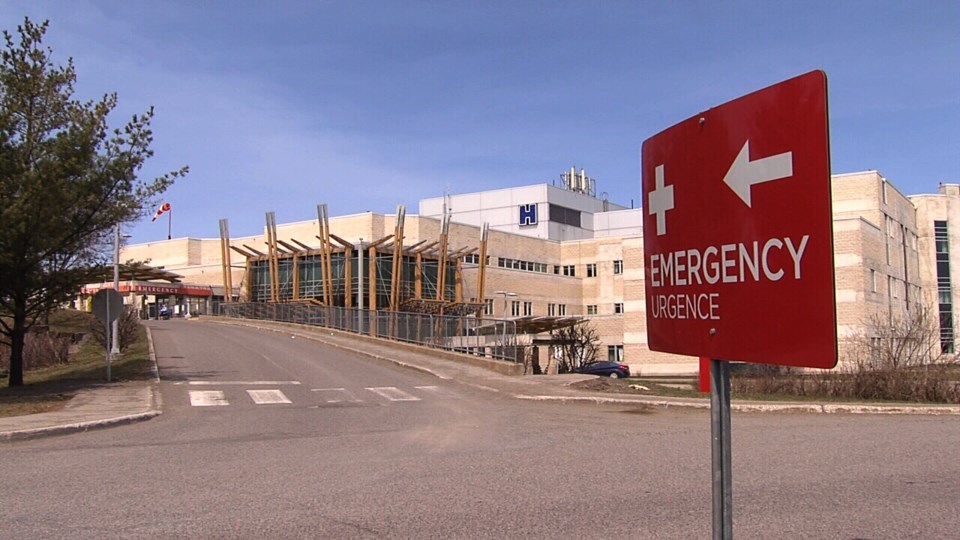THUNDER BAY — Many people in Thunder Bay say they have either experienced cold or flu-like symptoms in recent weeks, or know someone who's been infected with a virus other than COVID-19.
What's unusual is that residents started getting these bugs later than normal this year.
Karen Battigelli, acting manager of the infectious diseases program at the Thunder Bay District Health Unit, says prevalence can be difficult to track but "there are tools that we can use to understand current cold and flu activity."
In an interview, Battigelli explained that Public Health Ontario's weekly respiratory pathogen bulletins and "viral respiratory mappers" can be used to monitor visits to hospital emergency departments by people with respiratory complaints over a period of time.
"So when a person visits the ED, their diagnosis is charted, and it feeds into a surveillance system that codes it as a respiratory complaint," she said.
Battigelli noted that these visits could be related to COVID-19, the common cold, the flu or other issues.
She said data does indicate that the cold and flu season arrived "a little bit later than we would typically see. Many of us know lots of people with colds at the moment, but not necessarily influenza. But since the common cold is not reportable to public health, we don't know its current prevalence here, and influenza testing has quite limited reporting criteria."
According to the health ministry, the flu season usually runs from late fall to early spring.
Information provided in the Public Health Ontario respiratory pathogen bulletin, only showed "some" confirmed flu activity in the Thunder Bay area at the end of 2021 and through the holiday season.
More recently, there was a rise in respiratory issues in early April, with a peak frequency occurring in late May.
At Thunder Bay Regional Health Sciences Centre, chief of staff Dr. Bradley Jacobson said there's been an increase in visits to the emergency department by people with upper respiratory tract infections, with most patients being infants or toddlers.
Jacobson speculates that the diminished use of COVID-19 masks may be contributing to the spread of other viruses in the community.
"I think that's one of the theories. That because people have been isolating, and now getting out more and not having to wear a mask, that there has been a slight increase in spread of some of the common upper respiratory tract infections."
He said this has not caused an appreciable increase in the number of patients requiring admission to hospital, but has had a modest impact on the emergency department.
It continues to deal with an increasing caseload that started trending upward in January.
"Our volumes are increasing steadily, and approaching 300 patients each day. Pretty significant volumes," Jacobson said.
The average number of daily patients at TBRHSC's emergency department last year was only about 200.
